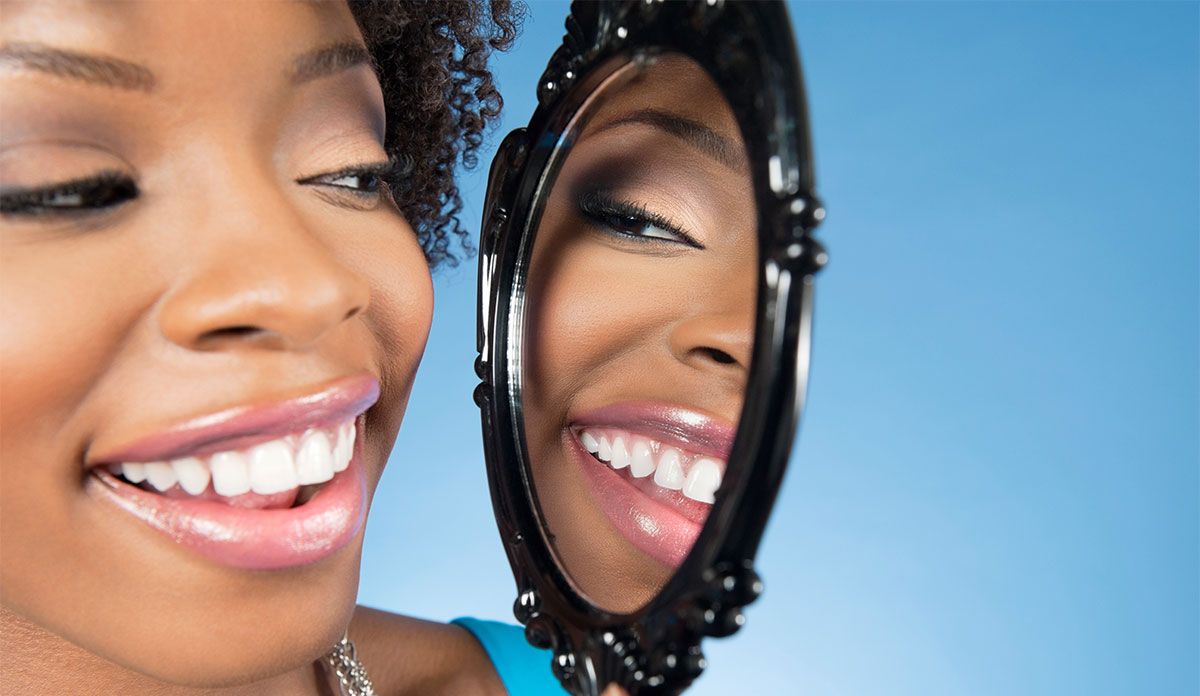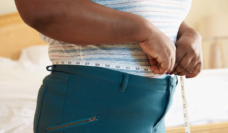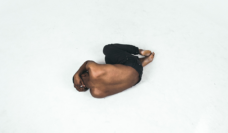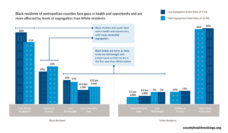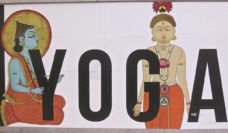If you are white, you are probably used to seeing people on TV and magazines who look like you. You probably don’t have a hard time finding makeup that matches your skin tone. You have probably never been told that you are pretty, for a white girl.
In 2018, Molly Silvestrini interviewed college students at the University of California about beauty standards in the US. Latinx and Black female students felt that their beauty wasn’t admired, but fetishized. They reported having endured comments such as “Oh, I love me some fiery Latina babes!” or “I would never date a Black girl.” Beauty standards can produce sexual racism. Mary Dianne Plummer and Chong-suk Han found that internalized sexual racism may induce feelings of shame and rejection among racial minorities, resulting in poor mental and emotional health and adverse coping mechanisms. Experiencing sexual racism can also lead to increased alcohol consumption, obesity, and high blood pressure.
In Silvestrini’s study, students also highlighted the role of the media in promoting racial stereotypes. Students of color felt that Asian men are emasculated in movies and TV shows. This is problematic because people tend to believe what they see on the screen. Previous research has shown that media portrayal of people of color affects real-world perceptions of racial minority groups. Gay students who used Grindr, an app for bisexual or gay men, encountered messages with racist comments as “No Blacks” or “No Asians”. This is consistent with studies that show that men of color who have sex with men often experience rejection by potential partners. or “I don’t find Asian men attractive.”
Some of these comments may be familiar. Many western cultures idolize a Eurocentric aesthetic — blonde hair, blue eyes, and fair skin. Margaret Hunter found that people are more likely to hire a light-skinned person before a dark-skinned person and choose to marry a light-skinned woman rather than a darker-skinned woman. Other research has found that white beauty standards can cause darker-skinned women to experience feelings of isolation and low self-esteem. In a society that idolizes white characteristics, people of color may be limited in their social and employment opportunities, strengthening hierarchies of race.
Racial minority groups internalize white beauty standards. A Black and El Salvadorian interviewee in Silvestrini’s study said that she was told by her family to “marry lighter” so she could “have lighter babies and make the race lighter.” Another student who identified as Indian mentioned that he was more attracted to white women because “When you look around, you see a lot of white people. . . you’re more attracted to things you’re familiar with.” People of color adopt this ideology at a young age. A Black child is seated at a table with two dolls placed in front of her, one Black and one white. When asked which is the pretty doll, she chooses the white doll. Though the Doll Test was first introduced in 1947, modern replication Doll Tests nearly 70 years later demonstrate unchanged findings.
It is said that beauty is in the eye of the beholder, but the beholder’s vision is often obscured by racial biases and stereotypes. When considering what we believe to be beautiful, we do in fact see color.









